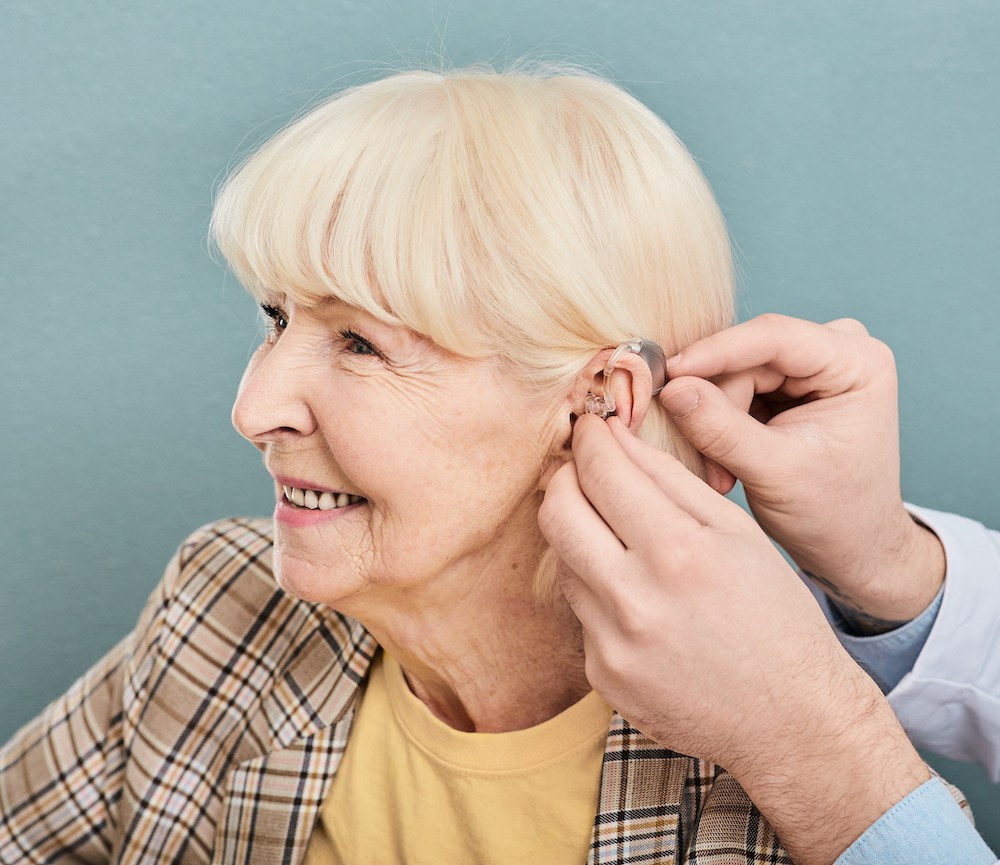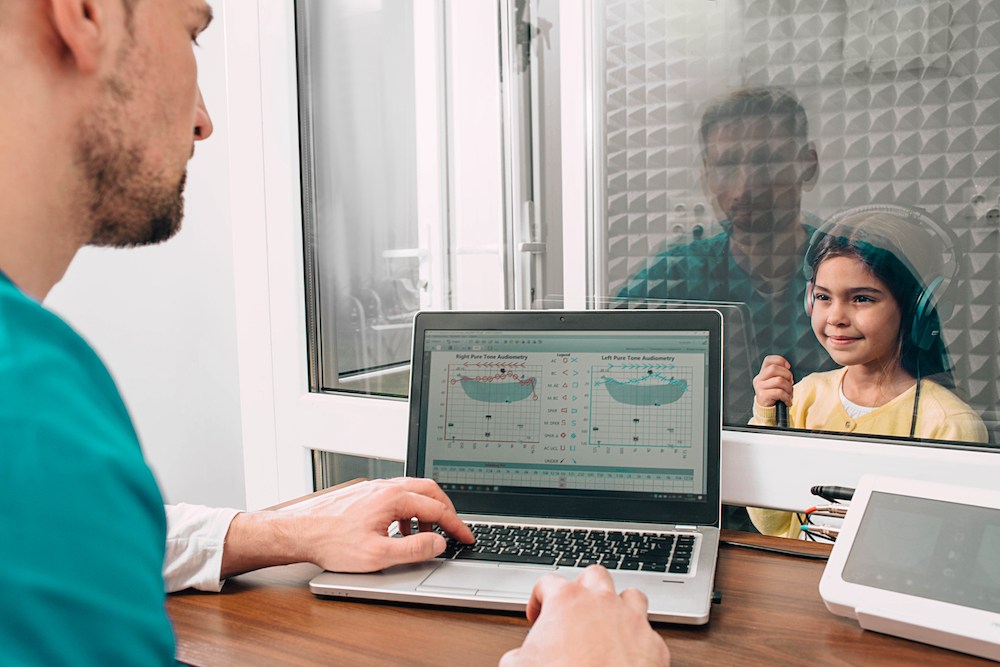How to Protect Your Hearing During the Fall Season
Fall brings seasonal changes to your routine and activities that can


Fall brings seasonal changes to your routine and activities that can

The way hearing care is viewed is gradually shifting. In the past, many

Wearable technology has changed how we track our daily health – from